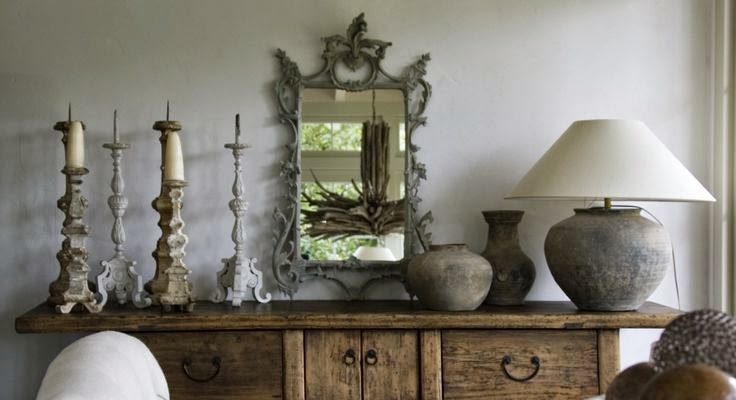Part II: The Elements and Principles of Interior Design
joy of nesting
In Part II: The Elements and Principles of Interior Design, you learn the vocabulary designers use for various elements of design, as well as an explanation as to how and why the elements work together.
According to college design textbook “Inside Today’s Home” by LuAnn Nissen, the elements of design are space, form, line, texture, light and color while the principles of design are balance (symmetrical, asymmetrical and radial), rhythm (repetition, progression, transition and contrast), emphasis, scale/proportion and harmony (unity and variety).
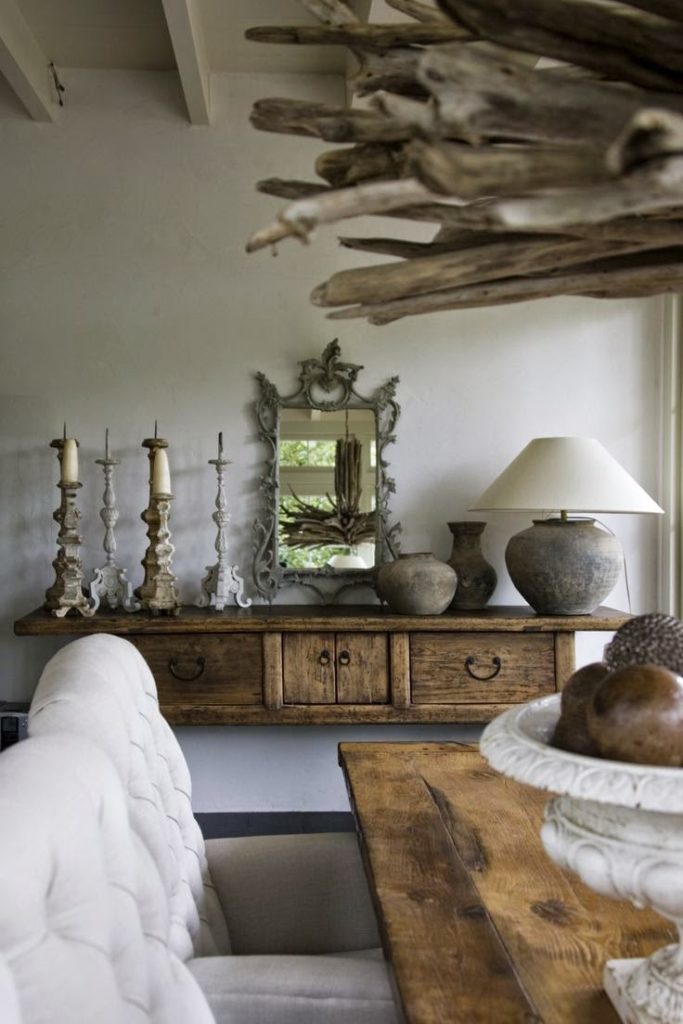
Billy Baldwin
The Principles of Interior Design
Last week I covered the elements of interior design. This week I’ll explain how the principles work. If the elements are the tools or “raw ingredients” of interior design, the principles are the recipe. The principles of design, balance, rhythm and harmony explain how various visual components relate to one another and why we find them appealing.
Balance
Balance (symmetrical, asymmetrical and radial) refers to the equal distribution of weight, size or bulk of an object or space on an axis in an aesthetically pleasing composition.
Symmetrical
Symmetrical balance, also known as formal or passive balance, happens when one side of something is the exact same as the other half: a mirror image. This type of balance can be seen in a pair of scones flanking a painting above a fireplace; two candlesticks flanking a centerpiece on a dining room table; or two exterior light fixtures flanking a front door. It is helpful to use this type of balance when placing importance on an object, such as the painting or the front door.
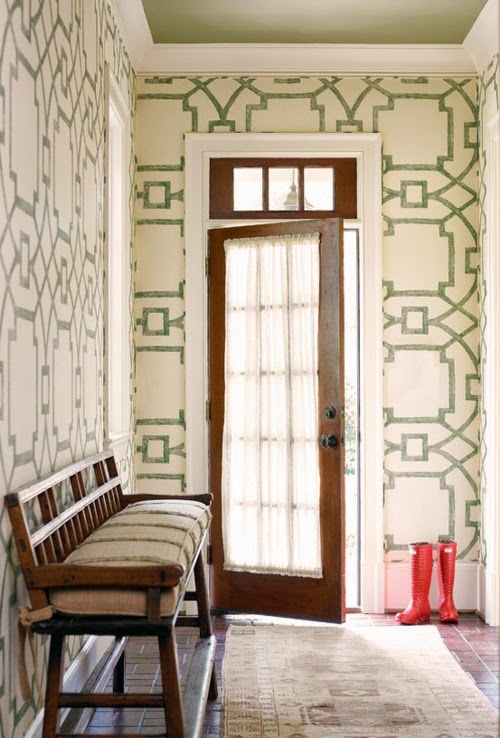
Via Coco Kelley
Asymmetrical
Asymmetrical balance, also referred to as informal or active balance, is differing objects arranged along an axis, equal distance apart but of equal weight or bulk. It’s
used in casual design and is generally more complex than symmetrical balance. Rather than having identical objects on an axis, this type of balance relies on mismatched items with equal scale or perceived weight. Asymmetrical balance can be seen in arrangements of framed prints or photography on a wall; and in the floor plans of a ranch style residence.
Radial
Radial balance is identical or differing objects placed in a circular fashion. It can be seen in modern residential spaces, museums and commercial buildings. Radial balance is chairs around a table in the middle of a room; a crystal chandelier; or the structure of a circular rotunda. It directs your attention to the center of the space or object. It is the least used type of balance. If done right, a space with any of these types of balance will calm you while spaces without balance can make you feel unexplainably uncomfortable.
Rhythm
Rhythm (repetition, progression, transition, contrast) is a principle that suggests movement, so it often refers to the transition of patterns (as in fabric and wallpaper) and the flow of rooms in the confines of one home.
Repetition
Repetition is the simplest way to create rhythm and is done by repeating any of the elements listed above (line, color, pattern, etc.) in a consistent way. It can be found throughout the home in lighting, window and drapery hardware styles among other furnishings. If repetition is too simple it can be monotonous but without it, it lacks unity and leads to confusion.
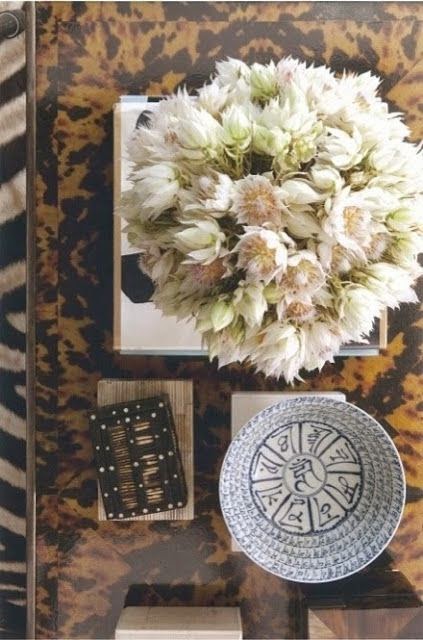
Progression
Progression is creating rhythm through gradual yet regular changes of size or color. It’s easiest to see in items like modern paintings, textiles or pottery where one color or
texture gradually bleeds into another. It can also be seen in some grand architectural styles.
Transition
Transition relates to the principle of rhythm. It “gently” leads the eye in a continuous, uninterrupted way from one area to another. Curved lines, rather than turned angles typify “transition”. The Art Nouveau style of architecture and furniture uses transition, with its gently curved, “organic” forms. A round table or the arch of a door are also examples.
Contrast
Contrast is a type of rhythm in which shapes, styles or colors are placed in purposeful opposition of one another. This creates excitement and visual interest. Squares next to rounds, red with green, old with new. It’s an exciting design concept but to be effective and pleasing to the eye, it requires knowledge and restraint.
Emphasis
Emphasis is used as a way to call attention to a preferred focal point or as a way to “anchor” a space. It can be used to describe dominance and subordination in a room or home. It has to do with focal points, and places for the eye to “rest”. Color and scale are two great ways to create emphasis. Without emphasis, homes would be monotonous and without subordination they would be busy and obnoxious. Objects need to work together in a home to flatter, not overpower one another.
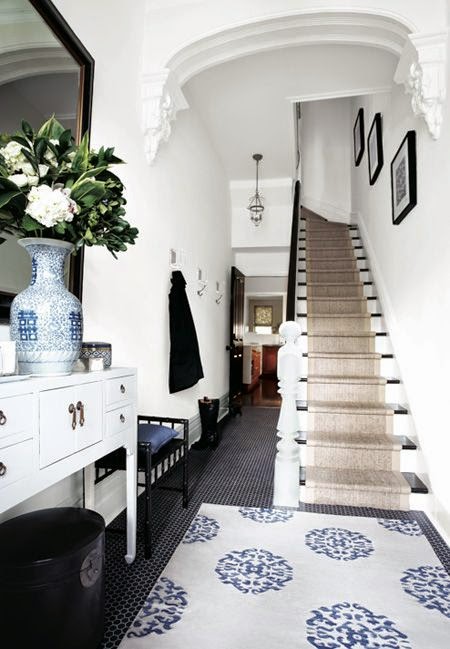
Scale
Scale refers to the proportions between two or more objects. These terms can sometimes be used interchangeably. The scale of our homes and furnishings are particularly important. The seat of a chair and the counters in a kitchen or bathroom should be within the human scale. Tiny furnishings would look and feel ridiculous in a large space with towering ceilings. Conversely speaking, a small home would be unattractive and dysfunctional with large scale furniture.
Harmony
Harmony (variety and unity) is created by the repetition of design elements like color, texture and shape. Unity combines elements to make a balanced interior. Unity is generally achieved by repetition. Such as the same flooring or woodwork that’s repeated in the rooms throughout a home. But variety is needed too, as in the lighting that’s coordinated rather than matched from room to room. Variety brings interest to a space. When variety is excessive, without any apparent scheme it becomes confusing. Variety and unity must be balanced to be perceived as attractive.
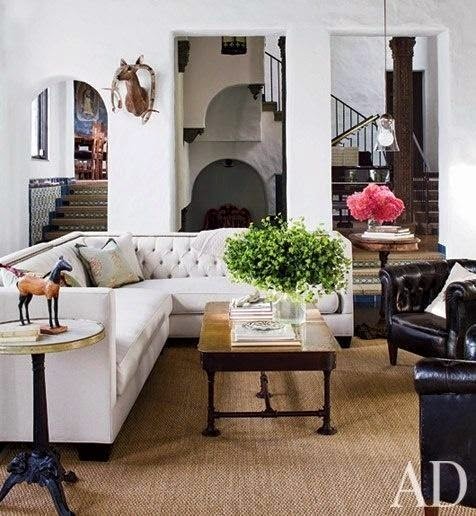
The Elements and Principles of Interior Design
The elements and principles of design can’t be applied in scientific ways. It’s an art, not a science and wonderful things can happen when rules are broken. By studying the designs that have worked in other home, you can develop a sense of combining elements.
These elements and principles are also seen in other areas of life such as in clothing, art and nature but they are most obvious and dynamic when seen in the field of interior design.
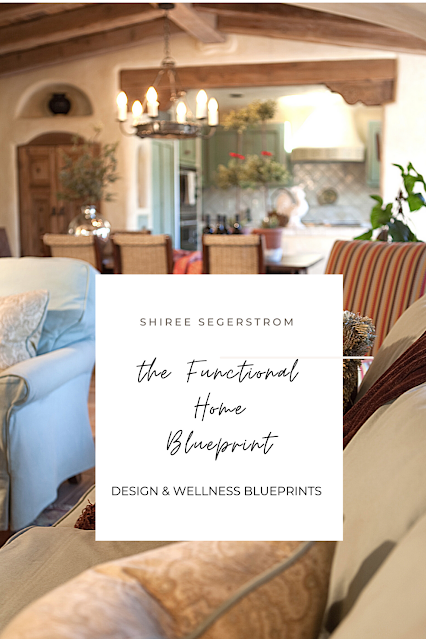
Well, that’s it for today! I hope you found this article super fun and interesting!
Here’s a little bonus for you. My free download, The Functional Home Blueprint will help you clear the clutter and redefine the zones in your home. In it you’ll learn to create work zones to get you organized and focused. Learn how to make better areas in your home for downtime and re- connecting with yourself. Find how to carve out an exercise/wellness space even when there’s no room. And maximize your kitchen so you follow through with healthy eating.
Enjoy! Bye for now.
Shiree’
For more goodness on Interior Design, check out my article How to Get a Wellness-Inspired, Living and Dining Room.
